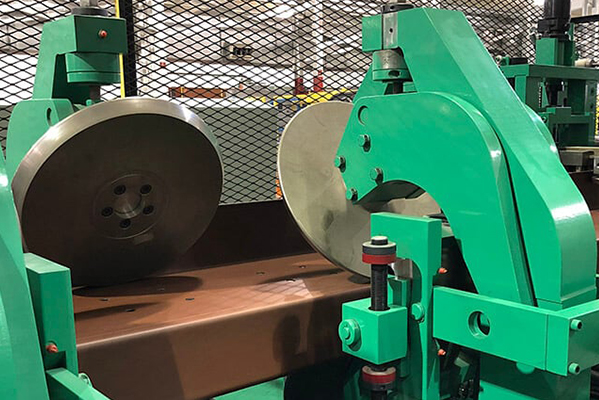Navigation Menu
Contact Us
- Email:
- info@wxavatar.com
- Address:
- Yurong Village, Yuqi Street, Huishan District, Wuxi, China.
Release Date:Jul 21, 2025 Visit:50 Source:Roll Forming Machine Factory
Roll forming machines vary significantly in price across the market, with some models costing considerably more than others. Understanding the factors behind these price differences helps buyers make informed purchasing decisions that align with their production needs and budget constraints.

Key Factors Affecting Roll Forming Machine Prices
1. Machine Construction and Material Quality
Higher-priced roll forming machines typically feature:
Heavy-duty steel frames for enhanced stability
Precision-machined components for consistent performance
Durable wear-resistant materials in high-stress areas
2. Production Capacity and Speed
Machines designed for:
Higher throughput rates
Faster forming speeds
Continuous operation capabilities
generally command premium prices due to their increased productivity potential.
3. Technical Complexity and Features
Advanced models may include:
Sophisticated control systems
Automated tooling changeovers
Precision measurement and feedback systems
These technological enhancements contribute to higher manufacturing costs.
4. Brand Reputation and Support
Established manufacturers with:
Proven track records
Comprehensive service networks
Reliable technical support
often price their machines higher due to the added value of their brand assurance.
5. Customization Options
Machines offering:
Flexible configuration possibilities
Adaptable tooling systems
Specialized forming capabilities
typically involve additional engineering costs that affect the final price.
Considerations for Buyers
When evaluating roll forming machine prices, buyers should assess:
Long-term maintenance requirements
Expected service life
Compatibility with existing production systems
Potential for future upgrades

Conclusion
The price variation in roll forming machines reflects differences in build quality, performance capabilities, and manufacturer support rather than arbitrary pricing decisions. By carefully examining these factors, buyers can select equipment that offers the appropriate balance of cost and functionality for their specific operational requirements.